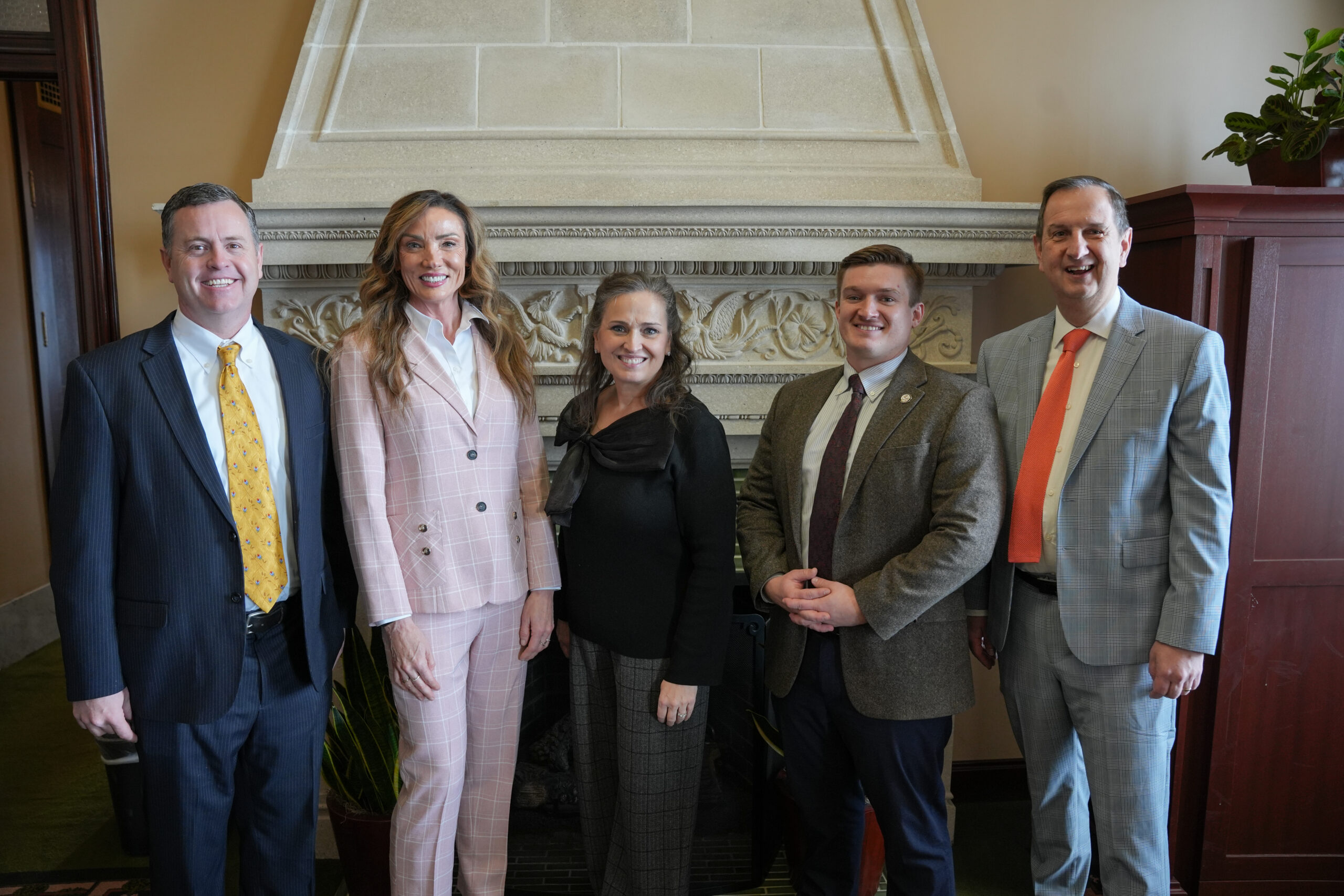As another Interim Day wraps up, I wanted to give you a quick update on two issues that have been in the news quite a bit.
Medicinal Uses for Cannabis
Over the summer I have learned more about the potential medical value of the marijuana or cannabis plant than I could possibly have imagined. There is a current push for Utah to join other states in allowing more people to possess and use products or chemicals derived from cannabis plants for medical purposes.
While there is still more discussion and debate ahead before we decide on a course of action, I want to report what I have learned so far.
1. There is anecdotal evidence that some of the hundreds of chemical compounds found in the plants may have medical value.
2. There is a limited amount of scientific research that has been conducted to identify the safety and efficacy of certain compounds for certain conditions and populations.
3. Federal law makes it really hard to do research, and you could make the case that the plant has been unfairly excluded from potential research historically. Federal restrictions also complicate state plans to allow or encourage utilization and research.
Based on what I know, the most needed solution is to get federal flexibility for additional research and study for certain compounds or extracts that have shown some efficacy. I would certainly support a proposal that accelerates the learning process in a controlled, scientific setting. Utah already allows 90 patients to use CDB oil (one of the compounds) for the treatment of seizures under the supervision of a neurologist. Expanding the list of allowed compounds or conditions should be based on scientific evidence.
Prison Relocation Decision
This week Governor Herbert called the legislature into a special session to consider a location on the west side of Salt Lake City for the prison reconstruction.
It is important to clarify what the scope of this decision actually was. The main part of this decision – to build a new prison on a different site – was made in the 2014 session, before my time. We were asked to make a recommendation on the site, not to revisit whether to rebuild (vs. repair) the prison or to keep it at the current location.
It is fairly obvious to all involved that the prison needs to be replaced, so that was not a discussion point at all. Similarly, of the 60+ sites that had been considered, it was generally agreed that the Salt Lake City site provides the best value overall.
To me, the real value lies in creating a facility that will allow the Correction Department to do its job well. Important considerations include the ability to build a facility that can support our recent efforts in corrections reform; ease of access for visitors, volunteers, and employees; and proximity to courts and health care facilities, not to mention the potential impact on economic development.
The only remaining question was whether to revisit the decision to move. Would it be possible and worthwhile to rebuild the prison at the current site?
I spent a great deal of time getting up to speed on the Salt Lake City vs. current Draper site issue. At the end of the day, this was a fairly simple decision for three reasons:
First, the Salt Lake City location is a much better location for a prison.
Second, ultimately it will provide greater value to the state and the taxpayers.
Third, building a new prison at the current site would be a complicated construction issue because it would have to be done in stages, whereas the Salt Lake City site would allow a single, unified build of the facility.
(Rep. Peterson’s blog post contains more details and data on the comparisons.)
Once the new prison is operational, the Draper site will become surplus property and be sold off to the highest bidder in a very open and transparent process. The difference in value between the high-value Draper land and the low-cost Salt Lake City property will help lower the overall cost of the project.
These are by no means trivial or easy issues to deal with, but I think the opportunity to engage in open inquiry and discussion will lead us to good decisions.



